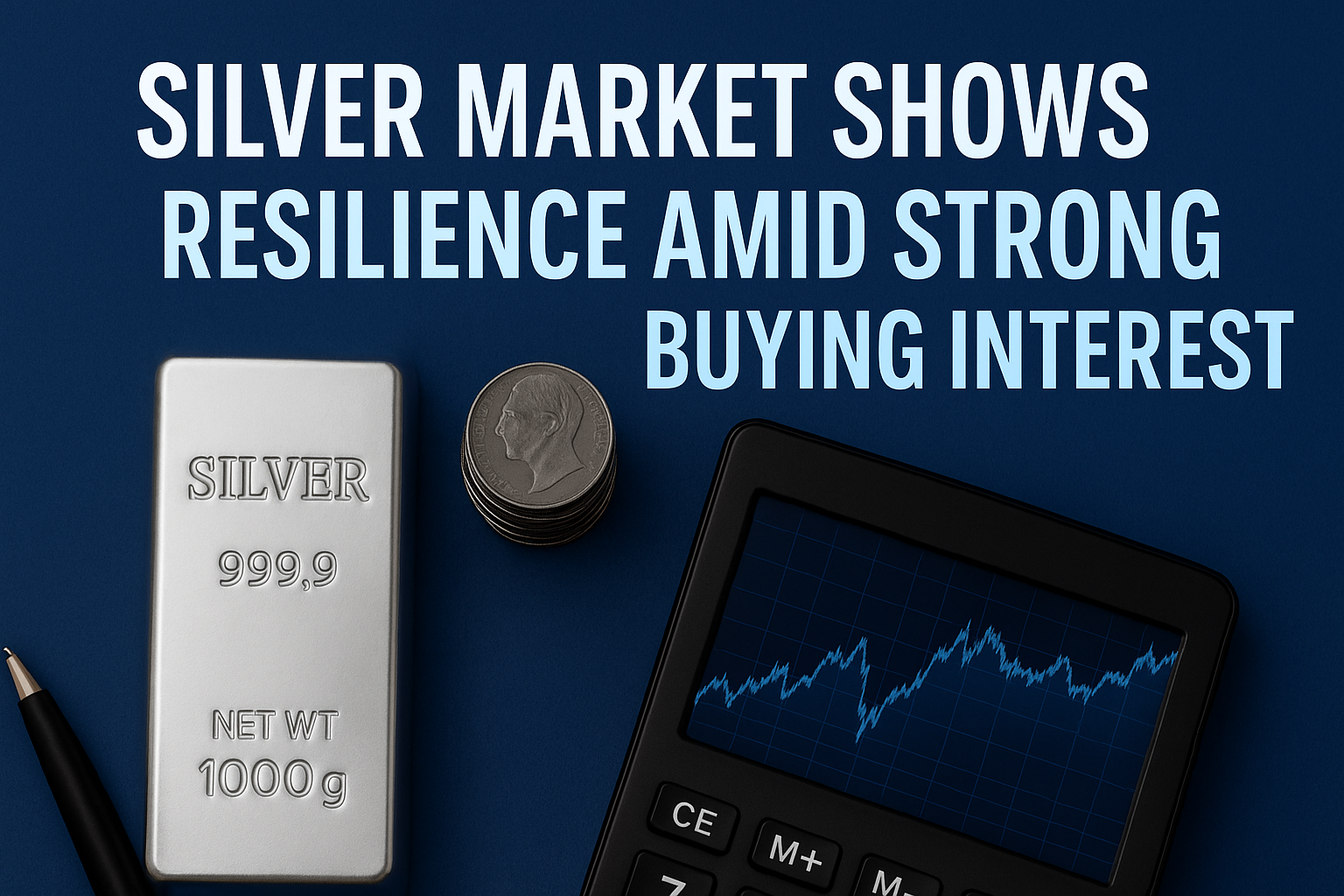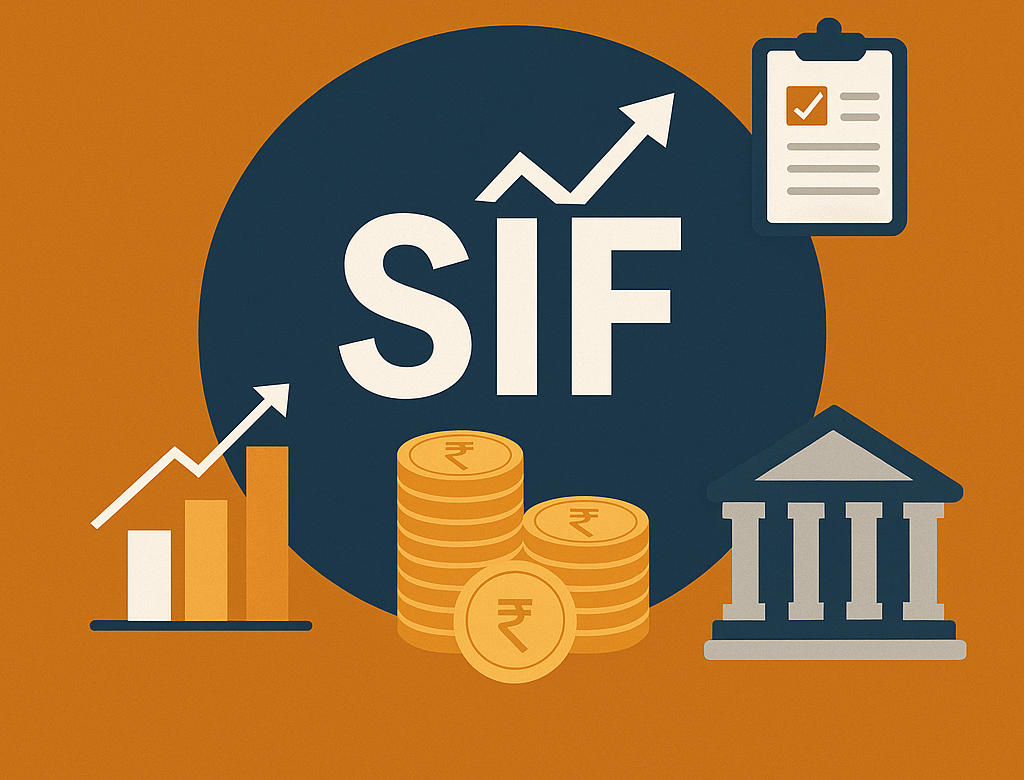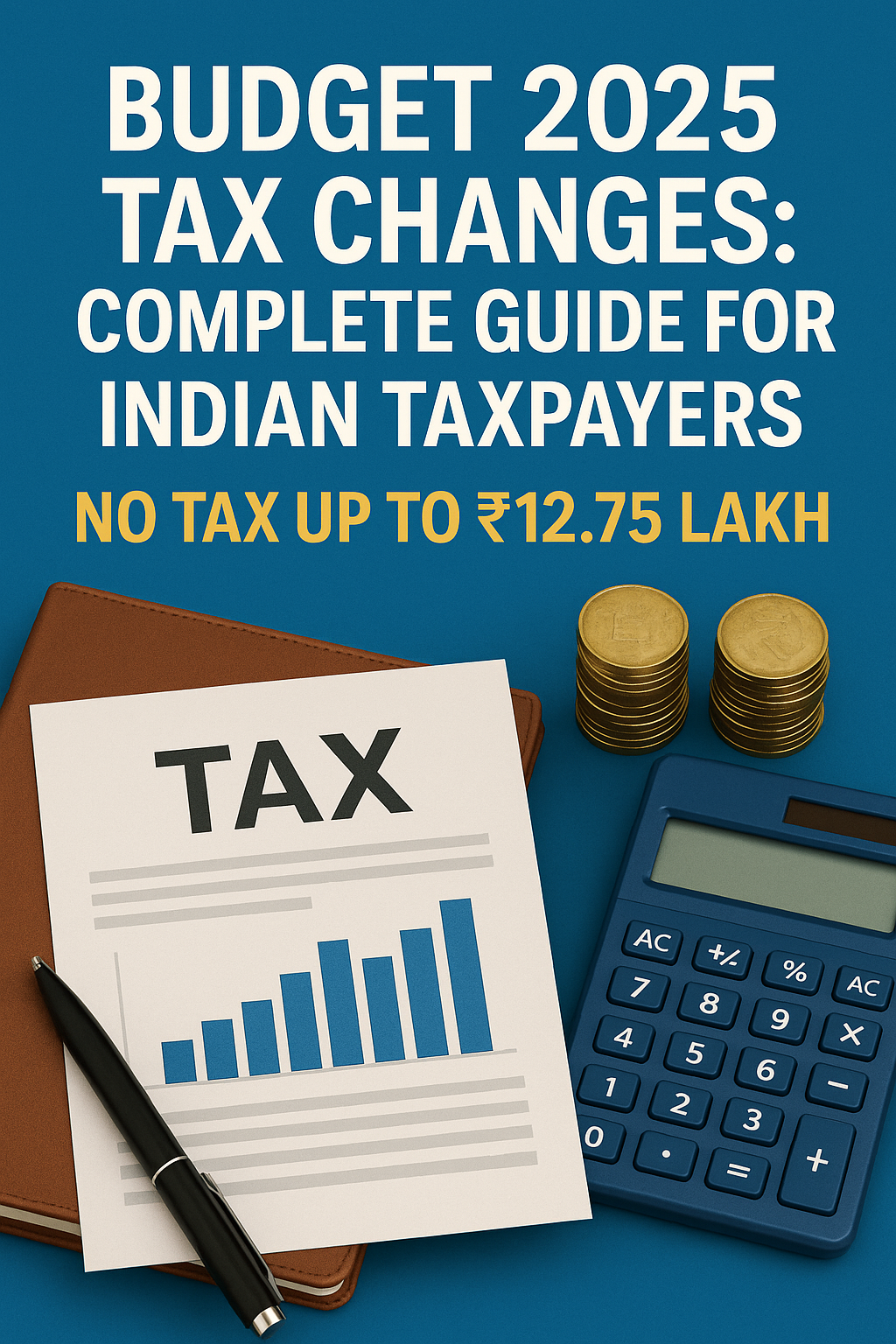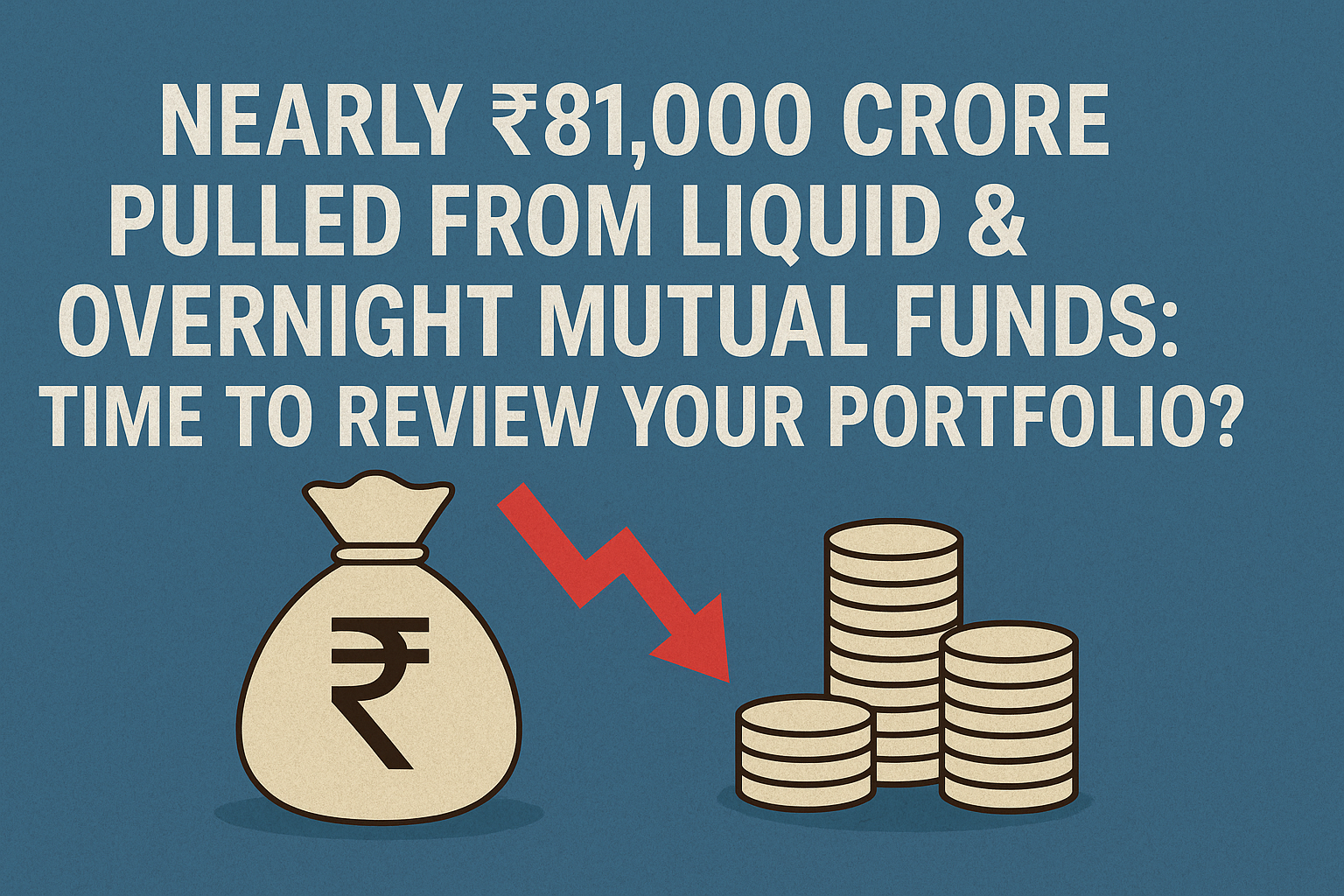The precious metals market has been displaying notable strength in recent trading sessions, with silver emerging as a standout performer. Market participants continue to demonstrate robust appetite for the white metal, suggesting underlying bullish sentiment persists despite ongoing volatility.
Current Market Dynamics
Silver has been experiencing considerable trading activity, with investors showing consistent interest in accumulating positions during market dips. This behavior indicates a broader confidence in the metal’s long-term prospects, even as short-term price movements remain choppy.
The current trading environment reflects several key factors influencing silver’s trajectory:
Technical Resistance and Support Levels Market analysts are closely monitoring critical price levels that could determine silver’s next major move. Key resistance areas are being tested, while established support zones continue to provide a foundation for potential upward momentum.
Institutional and Retail Interest Both institutional investors and retail traders appear to be maintaining their strategic positions in silver, viewing temporary pullbacks as opportunities rather than reasons for concern. This sustained interest suggests confidence in the metal’s fundamental value proposition.
Market Outlook and Trading Considerations
The precious metals sector continues to attract attention as investors seek portfolio diversification and hedging opportunities. Silver’s industrial applications, combined with its precious metal status, create a unique investment profile that appeals to various market participants.
Key Factors Supporting Silver Demand
Industrial Applications: Silver’s extensive use in technology, solar panels, and medical equipment continues to drive steady demand from industrial sectors.
Monetary Policy Environment: Current global economic conditions and monetary policies remain supportive of precious metals as alternative stores of value.
Supply Constraints: Mining production challenges and supply chain considerations continue to influence the fundamental supply-demand balance.
Trading Strategy Implications
Market participants are adopting various approaches to navigate the current silver market environment:
Trend Following: Many traders are focusing on the metal’s longer-term upward trajectory, viewing short-term volatility as part of the natural market cycle.
Value Investing: Some investors are treating price dips as opportunities to accumulate positions at more attractive entry points.
Risk Management: Experienced traders emphasize the importance of proper position sizing and risk management given the inherent volatility in precious metals markets.
Technical Analysis Perspectives
From a technical standpoint, silver’s price action suggests several potential scenarios:
The metal appears to be consolidating within a defined range, potentially building momentum for a significant directional move. Chart patterns and technical indicators provide mixed signals, requiring careful analysis of multiple timeframes.
Volume analysis reveals sustained interest from market participants, with buying activity often emerging during price weakness. This behavior typically indicates underlying strength in the market structure.
Economic Context and Broader Implications
Silver’s performance should be viewed within the broader context of global economic conditions. Factors such as inflation expectations, currency movements, and geopolitical developments all play roles in shaping precious metals markets.
The metal’s dual nature as both an industrial commodity and a precious metal creates unique dynamics that distinguish it from other investment assets. This characteristic often results in silver exhibiting higher volatility compared to gold, presenting both opportunities and challenges for traders.
Risk Considerations
As with any commodity investment, silver trading involves inherent risks that market participants should carefully consider:
Price Volatility: Silver markets can experience significant price swings in short timeframes, requiring appropriate risk management strategies.
Market Liquidity: While generally liquid, silver markets can occasionally experience periods of reduced liquidity, particularly during times of high volatility.
External Factors: Economic data releases, central bank policies, and geopolitical events can all impact precious metals prices unexpectedly.
Conclusion
The silver market continues to demonstrate resilience and attract investor interest despite ongoing volatility. Market participants appear to maintain confidence in the metal’s long-term prospects, viewing current price levels as potentially attractive for strategic positioning.
Successful navigation of silver markets requires careful analysis of both technical and fundamental factors, combined with appropriate risk management strategies. As always, investors should conduct thorough research and consider their individual risk tolerance before making investment decisions.
The precious metals sector remains an important component of diversified portfolios, and silver’s unique characteristics continue to make it an attractive option for various investment strategies and market conditions.
This article is for informational purposes only and should not be considered as investment advice. Always consult with qualified financial professionals before making investment decisions.





